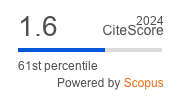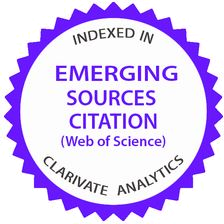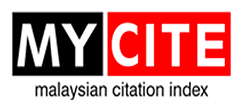Malaysian Journal of Mathematical Sciences, September 2025, Vol. 19, No. 3
Investigating Metric and Edge Metric Resolvability in Molecular Structures of Breast Cancer Therapeutics
Pandeeswari, E. and Ravi Sankar, J.
Corresponding Email: ravisankar.j@vit.ac.in
Received date: 30 August 2024
Accepted date: 15 April 2025
Abstract:
Using graph theory as a conceptual framework, chemical graph theory investigates chemical structures and phenomena. Chemical graphs, with edges and vertices representing bonds and atoms, respectively, are used in chemical graph theory to represent molecular structures.
The investigation of various pharmacological substances and complex molecular structures is made easier by the application of chemical graph theory. The resolvability parameter, a measure derived from graph theory, is a fundamental idea in this discipline. It requires every vertex in a structure to have a unique representation through chosen vertices, which are referred to as a metric basis, locating set, or resolving set in various scientific contexts. A key factor in describing the structural characteristics of chemical graphs is the metric dimension, which is the smallest number of vertices in the resolving set. In this work, we looked at the vertex and edge metric dimensions of the drug structures for the treatment of breast cancer, including Toremifene, Ribociclib, Tucatinib, Olaparib, and Abemaciclib and also we estimated the dimensions of the vertex and edge metrics while treating various drug structures as chemical graphs. This can make it easier to comprehend the chemical structure of different anti-breast cancer medications and create formulations more effectively.
Keywords: breast cancer drug molecular structure; resolving set; metric dimension; edge metric dimension









